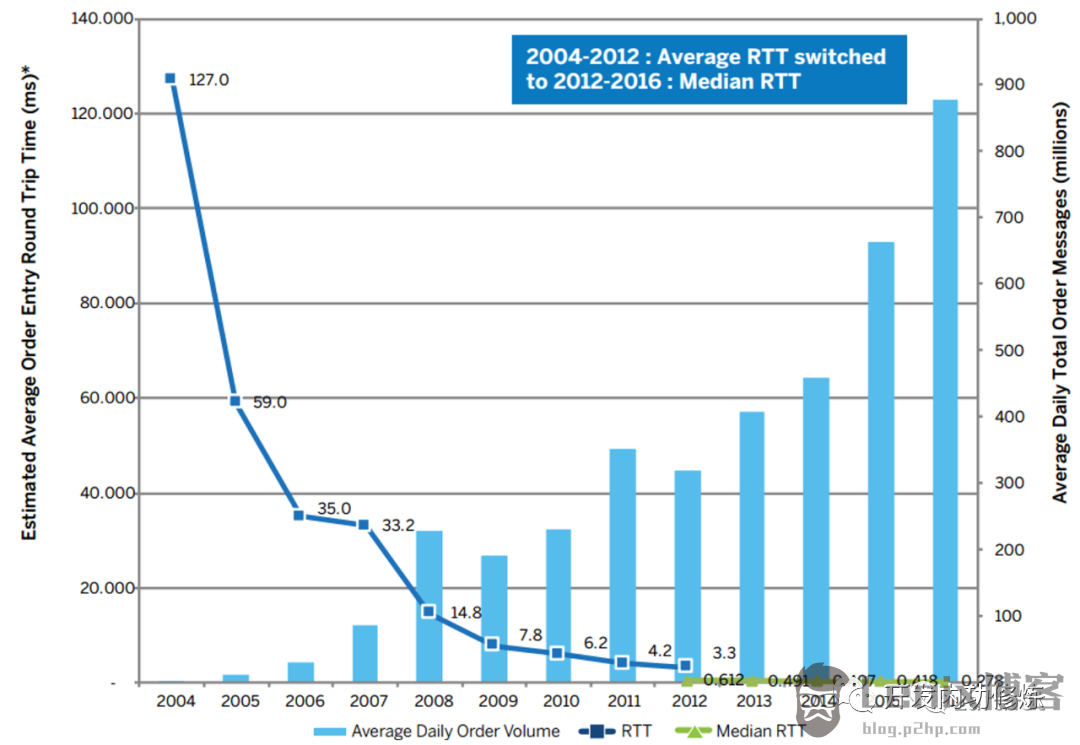Hello everyone, I’m Fei Ge! Recently, I briefly studied the low-latency network architecture and shared it with you today.
When it comes to an excellent low-latency network architecture, the first thing that comes to mind is the Internet giants, such as Tencent Alibaba Bytes. They always feel that the big companies must do the best. But in fact, in general Internet applications, although users hate stuttering, they are not too sensitive to delay as a whole. As long as the button can respond within one second after the button is clicked, the user basically cannot feel it. Even if it takes two or three seconds to respond to the user, it is still acceptable.
Therefore, in today’s Internet companies, although they also pay attention to service access delay, in fact, optimization is not done to the extreme.
In the entire industry, there is such a segmented field that is extremely sensitive to delays, that is, high-frequency quantitative trading scenarios. Because in this kind of business, the same price, the one who bids first gets the deal first.
If a quantitative trading firm has even 1 ms (millisecond) more latency than its competitors, it could mean a lot of money lost. According to the assessment of a professional market institution, in the global electronic transaction, if the transaction processing time is 5 ms slower than the counterparty, it may lose 1% of the profit. A 10 ms slow loss scales up to 10 %.
Therefore, the network architecture in the high-frequency quantitative trading scenario is almost the top low-latency network architecture in the world, which is worth learning. I consulted several professionals engaged in quantitative trading in the circle of friends, and I also read some technical materials, and I have a little understanding of the network architecture. Summarize and share with everyone!
Let’s first look at a set of data from an exchange whose transaction latency was optimized to 278 us (microseconds) as early as 2016.

The delay of a network request from the user to the final processing can be generally divided into two parts, one is the network forwarding delay, and the other is the system processing delay.

Let’s take a look at the black technologies used in the network architecture of high-frequency quantitative trading in these two parts.
1. Network forwarding delay
On the Internet, extreme optimization is used in high-frequency quantitative trading.
1.1 Nearest deployment & dedicated line
The closest deployment is the simplest and most effective method. If the transmission on the link is time-consuming, the link should be shortened directly. Many trading centers rent servers near exchanges. This method also has a special name called Co-location.
There is also a cross-regional connection through an exclusive physical line. In this way, the shortest physical line can be used, and there is no need to be interfered by the public network transmission data, and the stability and security are also better. This is still used a lot in China, because the cost of the microwave transmission network below is much lower.
1.2 Microwave Transmission
Speaking of the speed of light, we all know that its speed is 8 of 3 × 10…
The post takes stock of the cool technologies used in low-latency network architectures! first appeared on Lenix Blog .
This article is reprinted from https://blog.p2hp.com/archives/9894
This site is for inclusion only, and the copyright belongs to the original author.